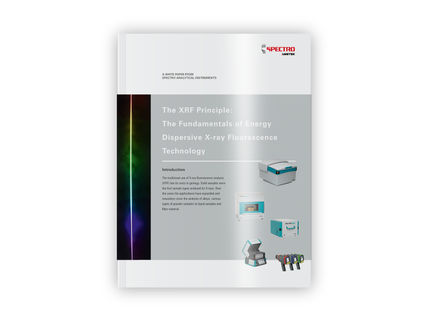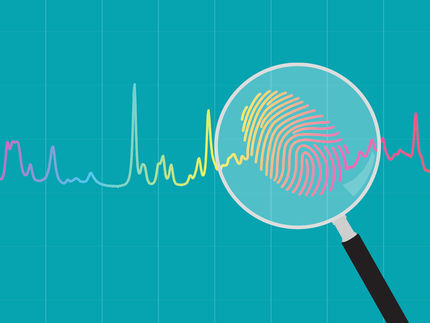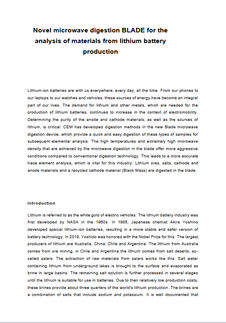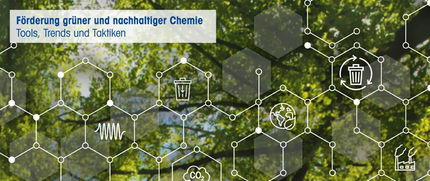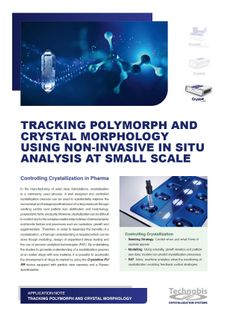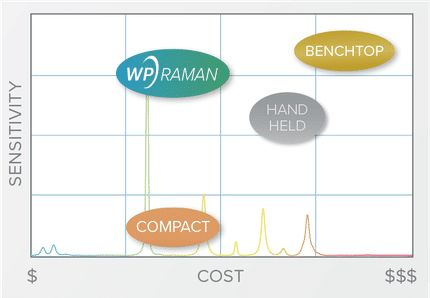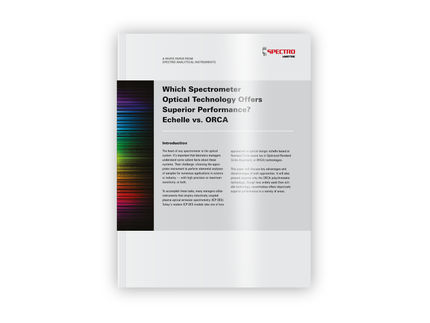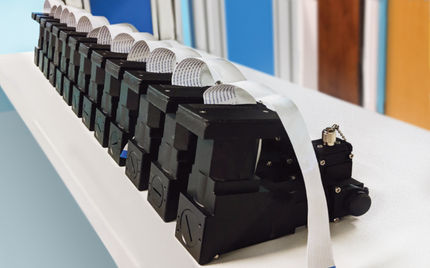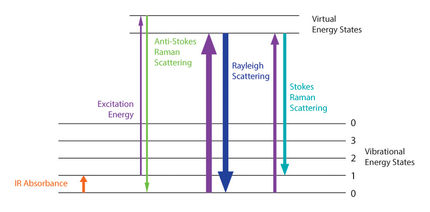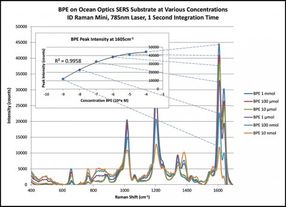
Ocean Optics
Detecting Drugs in Saliva
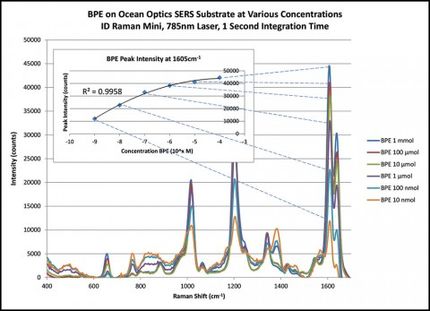
SERS: A New Tool on the Roads and in the ER
Raman spectroscopy has become a well-established technique for first responders seeking to identify unknown substances suspected to be narcotics. Raman spectroscopy relies on laser light scattering by molecules to provide unique spectral fingerprints that allow the identification of chemical substances. It is based on matching of the unknown’s spectral signature against a known library, allowing it to adapt quickly to new drug variants entering the market through the expansion of the library.
Surface Enhanced Raman Spectroscopy (SERS) is an extension of Raman spectroscopy in which gold or silver nanoparticles provide amplification of the Raman signals. The technique works via an electromagnetic effect where molecules come into close proximity with gold or silver particles. When incident laser light strikes the nano-particulate surface, localized surface plasmons can be excited, greatly enhancing Raman signals. The enhancement can be a factor of up to 1011, making SERS well-suited to trace level detection of materials.
In addition to enhancing the Raman scattering intensity, the metallic surfaces of the SERS materials also have the ability to quench endogenous fluorescence and produce much higher quality data allowing improved spectral analysis. SERS substrates are being actively developed for forensic and homeland security applications.
Advertisement
White Paper classification
White papers on related topics
Products on related topics
Manufacturers of similar products
Webinars on related topics
See the theme worlds for related content
Topic World Spectroscopy
Investigation with spectroscopy gives us unique insights into the composition and structure of materials. From UV-Vis spectroscopy to infrared and Raman spectroscopy to fluorescence and atomic absorption spectroscopy, spectroscopy offers us a wide range of analytical techniques to precisely characterize substances. Immerse yourself in the fascinating world of spectroscopy!

Topic World Spectroscopy
Investigation with spectroscopy gives us unique insights into the composition and structure of materials. From UV-Vis spectroscopy to infrared and Raman spectroscopy to fluorescence and atomic absorption spectroscopy, spectroscopy offers us a wide range of analytical techniques to precisely characterize substances. Immerse yourself in the fascinating world of spectroscopy!



